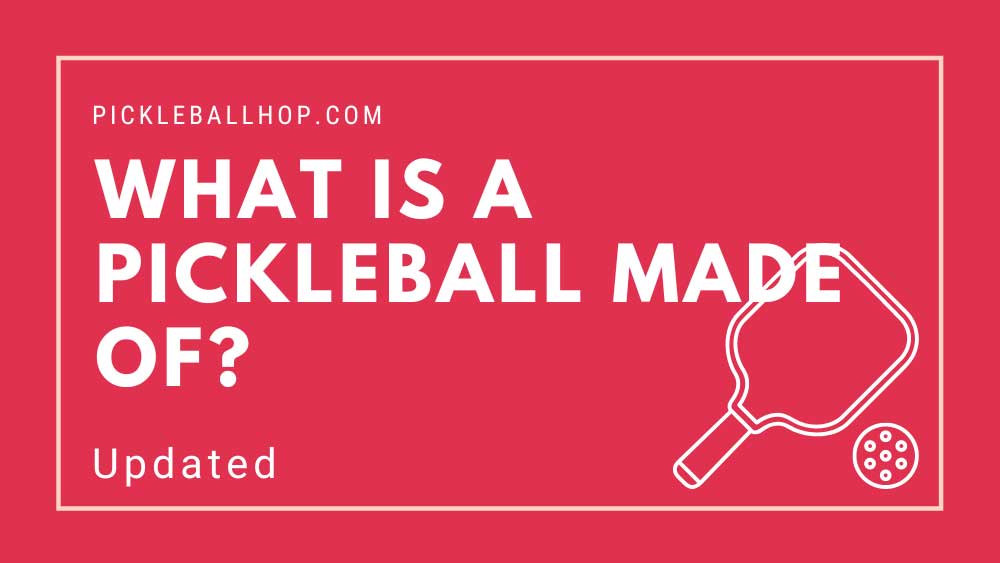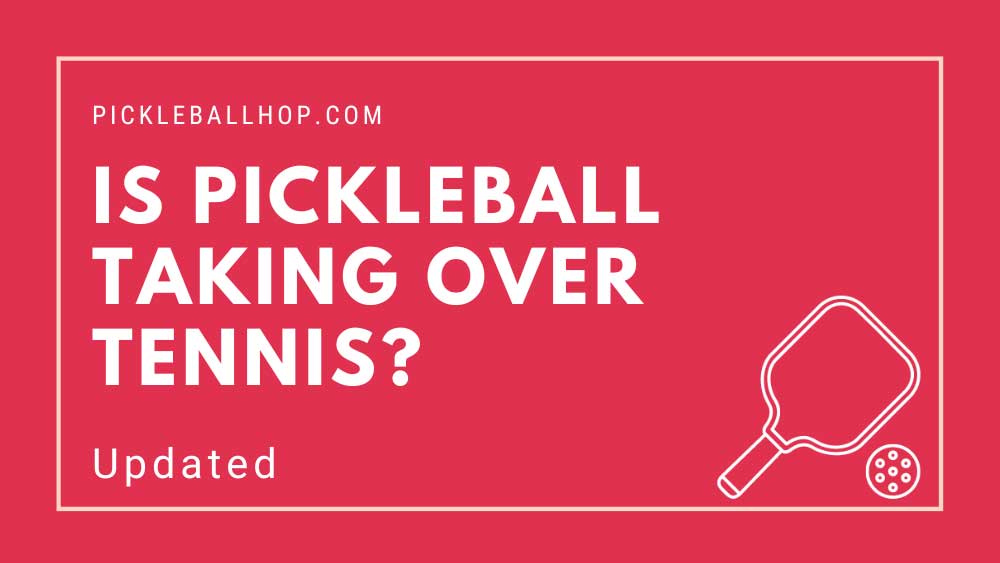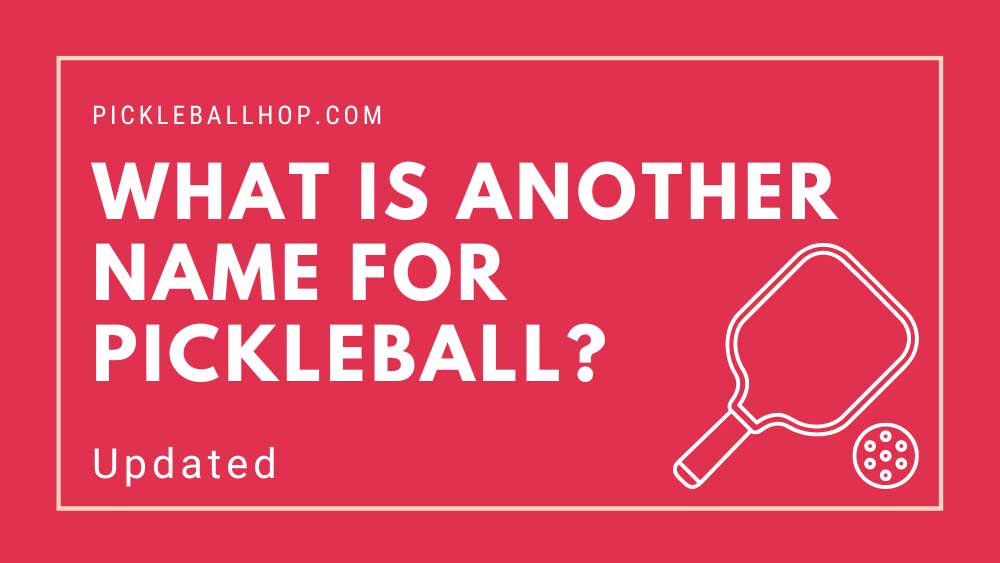Is pickleball singles or doubles? The rules of singles pickleball are very similar to those of doubles pickleball, however only one player is on each side of the pickleball court, and singles pickleball differs in strategy from doubles pickleball.
Single pickleball is probably loved and hated by most pickleball players. This may be due to singles pickleball’s intense and enduring nature. In singles pickleball, you will be required to cover the entire court by yourself (even more than in doubles pickleball). Pickleball is an isolating sport, so it may be the case that singles pickleball isn’t very social. Therefore, you are unable to lean on a partner or ask for assistance. you may enjoy reading our guide How to Play Pickleball
Rules for Singles Pickleball
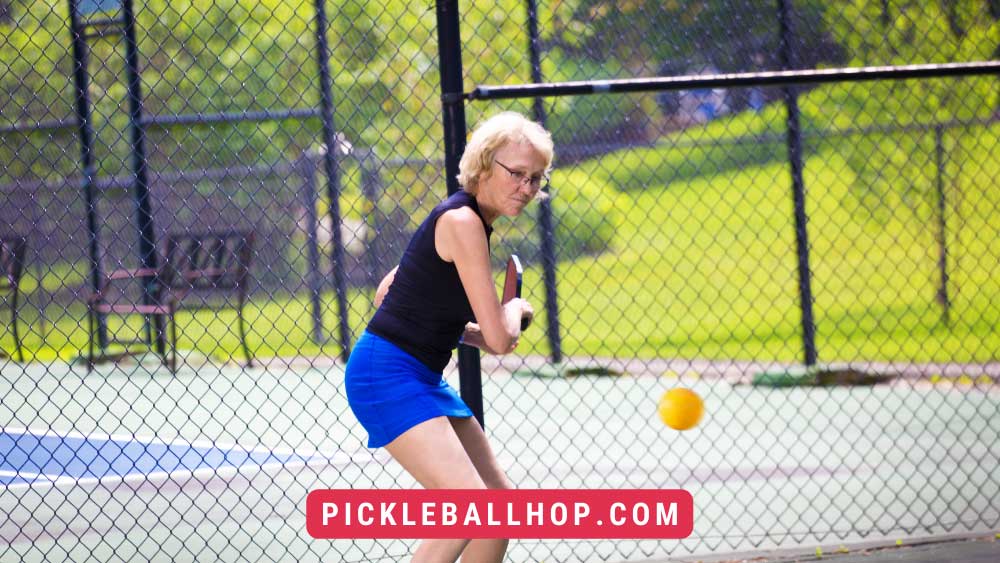 Generally speaking, singles pickleball follows the same set of rules as doubles pickleball, but there are a few exceptions. Singles pickleball follows the same pickleball rules as doubles pickleball, for example, serving, Non-Volley Zones, line calls, and faults.
Generally speaking, singles pickleball follows the same set of rules as doubles pickleball, but there are a few exceptions. Singles pickleball follows the same pickleball rules as doubles pickleball, for example, serving, Non-Volley Zones, line calls, and faults.
In singles pickleball, there are two differences from doubles pickleball, firstly, players have only one serve, and secondly, there is no concept of a first or second server in singles pickleball. There are now only two numbers in singles pickleball, one for the server and another for the receiver.
You may enjoy reading our guide How to Choose a Pickleball Paddle
Player Positioning for Singles Pickleball
 Every pickleball match starts with the first serve on the even/right side of the court. The server will keep the serve if he or she wins the point, and switch to serve on the opposite side of the pickleball court if the point is won.
Every pickleball match starts with the first serve on the even/right side of the court. The server will keep the serve if he or she wins the point, and switch to serve on the opposite side of the pickleball court if the point is won.
Serves are always crossed court/diagonally by the server, and the serve is maintained until the opponent wins the rally or the server commits a fault. Afterward, there will be a side out and the opponent will serve if the opponent wins the rally or if the server makes a fault. You may enjoy reading our guide What is pickleball?
During the serve and return of the serve, player positioning is equally as important as in doubles pickleball. Pickleball serves should be made from the correct side of the pickleball court, and pickleball serves should be returned from the correct side of the pickleball court. The score of the pickleball game determines the correct side of the court:
- In the event the server’s score is even (0, 2, 4, 6, 8, 10, etc.), then the serve should be made from the right/even side of the court, and served to the right/even side of the receiver’s court.
- When a server has an odd score (1, 3, 5, 7, 9, etc. ), the serve will come from and be served to the odd/left-hand side of the pickleball court of the receiver.
When the server is not in the correct position in singles pickleball, a fault occurs and the server loses the rally. Upon contact of the serve, or when it hasn’t been served for a while, a fault may be called. If the server calls a fault prior to serving a subsequent ball, the rally is lost, and the server will not be rewarded a point. Regardless of how the players were positioned, all previously awarded points will stand. As well, if the fault is called after the point is awarded to the server, then the server gets to keep the point. A fault occurring on the last point of a pickleball match will not affect the result unless the fault is called before the scoresheet is returned to the operations personnel for the pickleball tournament.
You may enjoy reading our guide Is Pickleball an Olympic Sport?
Basic Singles Pickleball Strategy
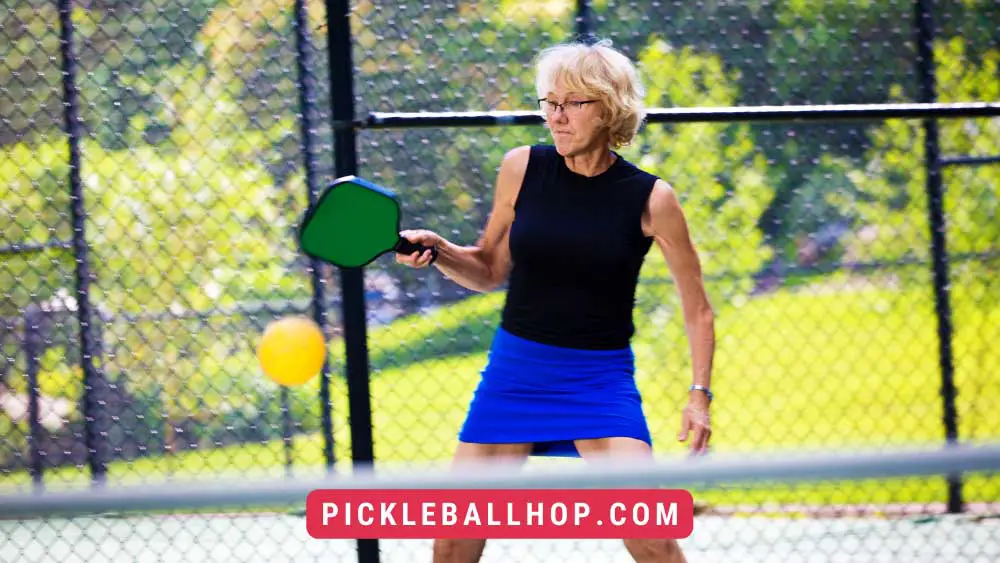 Playing singles pickleball involves a completely different strategy than playing doubles pickleball. Each shot is a one-yard race between you and your opponent since you are alone on your side of the pickleball court. You may enjoy reading our guide What is pickleball?
Playing singles pickleball involves a completely different strategy than playing doubles pickleball. Each shot is a one-yard race between you and your opponent since you are alone on your side of the pickleball court. You may enjoy reading our guide What is pickleball?
The following keys to singles pickleball will help you prepare for a game of singles pickleball:
- Big, Deep Serve – In singles pickleball, a big, deep serve is crucial. It is crucial to use the serve to give yourself the advantage from the very beginning.
- Big, Deep Return of Serve – Getting into the pickleball net and cutting off your opponent’s angles is important for big, deep returns of serve. On your third shot, cut off the angles of your opponent by returning the serve deep into the corner, moving into the Non-Volley Zone line (also known as the Kitchen line), and moving in to the Non-Volley Zone.
- Move into the non-volleyball zone – When playing pickleball singles, it is crucial to cut off your opponent’s angles on the court. You must work your way into the Non-Volley Zone line in order to cut off your opponent’s angles. Be sure to follow the pickleball flight to prevent angles from being created.
- Solid Fundamentals and Placement –– Both in doubles pickleball and in singles pickleball, strong fundamentals and placement are essential. In singles pickleball, on the other hand, since you’re alone on the court, it’s even more important to have strong fundamentals and sound pickleball placement since you don’t have a partner to support you.
- Passing Shots and Angles – Finding the open court is the key to singles pickleball. To beat your opponent, use any angles and passing shot that you can find.
Each pickleball shot requires a one-yard sprint, which can be exhausting on the body and tough on the endurance. Before playing singles pickleball, make sure to work on your cardio.
Is pickleball singles or doubles?
Do you want to play singles pickleball? Pickleball can be played either as a doubles game or as a singles game. Both singles and doubles follow the same rules.
Want to learn more about Pickleball Rules?
It can sometimes be difficult to understand pickleball rules. But don’t worry. In a series of pickleball rule blogs, Pickler explains all the ins and outs of pickleball rules to ensure that you make the right call on the pickleball court. Please visit the following pickleball rules blogs by Pickleballhop for more information!

